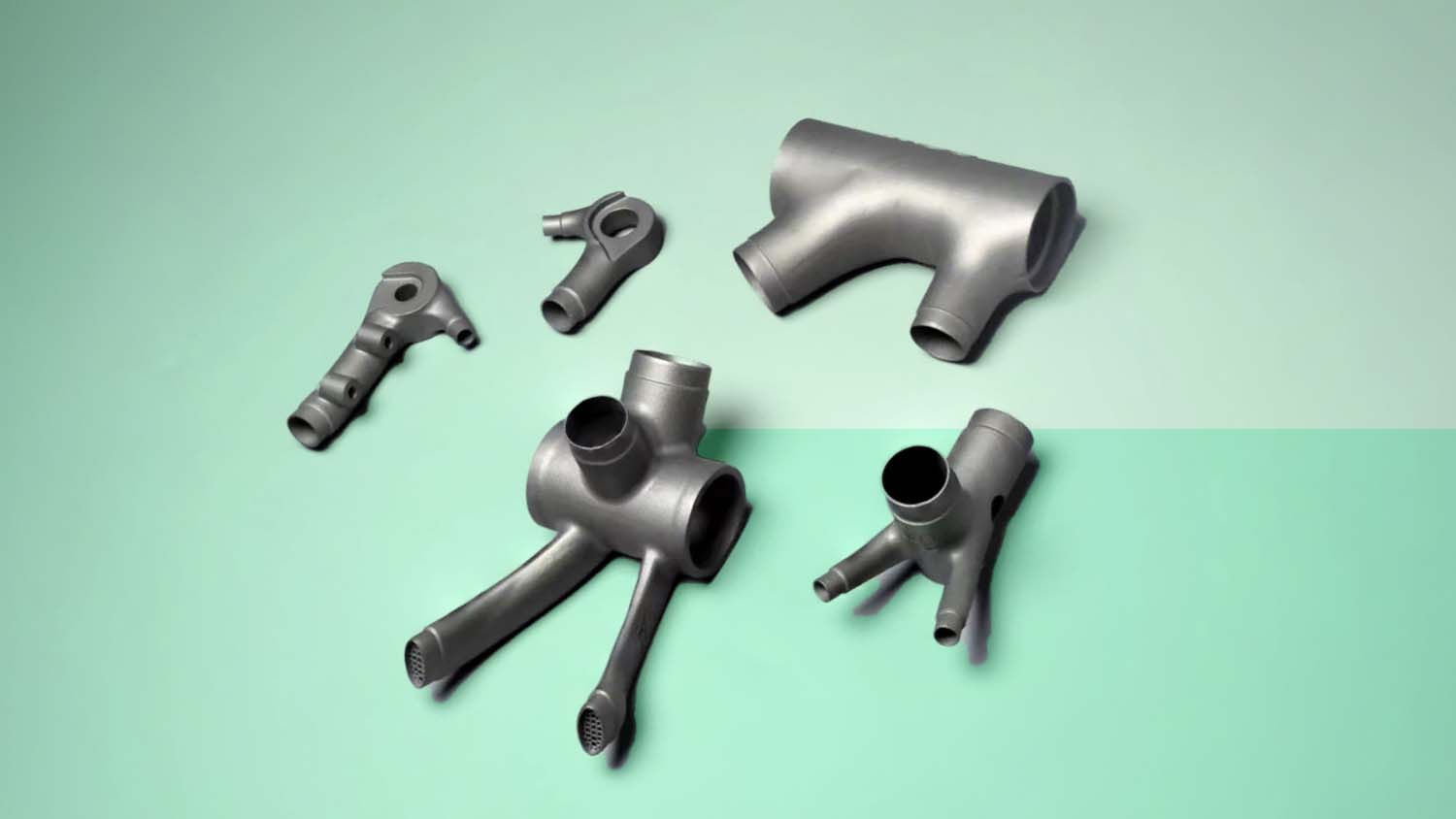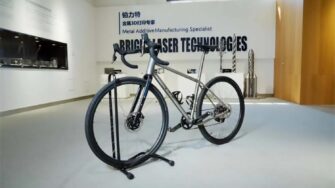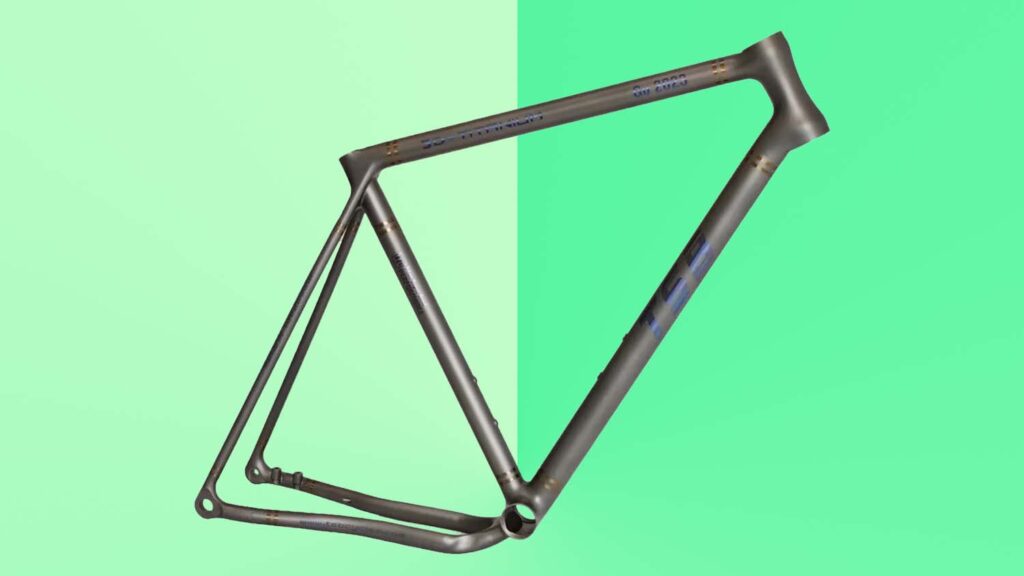An OEM manufacturer specialising in titanium bicycle components for the gargantuan Chinese bicycle industry, Titan Super Bond has a wealth of experience in the traditional process of manufacturing almost every component for super light cycles.
In its production processes, manufacturing a bicycle involves multiple steps, including precision casting, CNC machining, wire cutting, welding, calibration, and surface treatment, all of which have their own intricacies and time requirements, often resulting in a production cycle of approximately 45 days from design to delivery.
Keen to get ahead with a competitive advantage, in 2022, Titan Super Bond added metals 3D printing to its manufacturing arsenal, with two SLS printers, BLT-A320, from BLT (Bright Laser Technologies). With comprehensive support from BLT’s team and solutions, the R&D team at Titan Super Bond gradually upgraded its knowledge and capabilities with the technology, as both parties successfully addressed challenges related to deformation control of complex-shaped parts and weight reduction for bicycle parts.
Given that some of the parts have a wall thickness of only 0.9mm, controlling deformation is the biggest challenge during the printing process. Based on the BLT-A320 machine, the R&D team and BLT developed a solution encompassing detailed production processes such as part design, part support, and lattice control, with the end parts successfully passing the international standard ISO 4210 dynamic fatigue strength test.
Additionally, the two parties explain that they have further collaborated to develop support solutions for large-scale parts and new products, optimisation schemes for part lightweight structures, validation of the difficulties in polishing processes for varying layer thicknesses, stability testing for fully nested printing, and assessment of surface roughness for assembly, ensuring ample technical readiness for taking the capabilities to mass production – as well as customised services – for bicycle parts.

With a maximum build dimension of 250×250×300mm, the BLT-A320 parts are high-precision titanium alloy bicycle handlebars and head tubes, characterised by their lightweight, high strength, corrosion resistance, and long service life.
The lightweight design reduces the weight of bicycle dropouts and YOKE, reducing the overall weight and enhancing the bike’s potential speed, helping riders minimise physical exertion during long-distance cycling.
The high-strength titanium alloy frame facilitates efficient power transfer and enhances manoeuvrability, while providing exceptional elasticity, surpassing steel by 30 per cent, and offering exceptional shock absorption capabilities.
 Using additive manufacturing helps bring these qualities to the fore, while offering a production process 40 per cent simpler compared to traditional processes, says Titan Super Bond, resulting in a 30 per cent reduction in production cycles and over 20 per cent savings in production materials.
Using additive manufacturing helps bring these qualities to the fore, while offering a production process 40 per cent simpler compared to traditional processes, says Titan Super Bond, resulting in a 30 per cent reduction in production cycles and over 20 per cent savings in production materials.
The design of the parts are adjusted, allowing welding-intensive areas to be strengthened event further, while reducing the labor intensity for technical workers and accelerating overall production capacity.
“Moreover, the introduction of 3D printing technology has optimised the construction process of traditional welding sites by scientifically avoiding areas with concentrated heat effects and performing circumferential lap welding in standard and open pipe sections,” says a Titan Super Bond spokesperson. “This strategic ‘encircling and supporting’ approach to frame welding greatly reduces the technical difficulty of manual argon arc welding and provides possibilities for future robotic automated welding.”
The 3D-printed titanium alloy frame is a latest exploration and application of 3D printing technology for the collaboration, allowing BLT it to use its high-end manufacturing sectors experience, such as aerospace and medical devices, to build cross-industry collaboration and allow other sectors to benefit from super light and speedy development.






